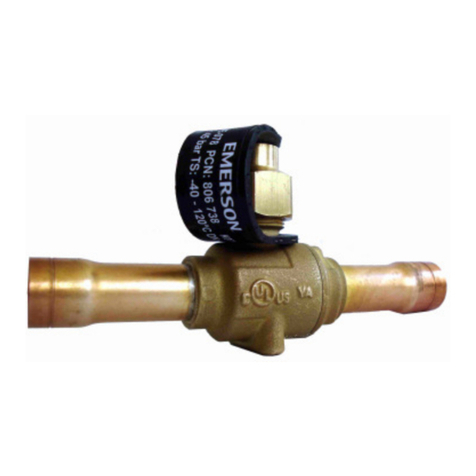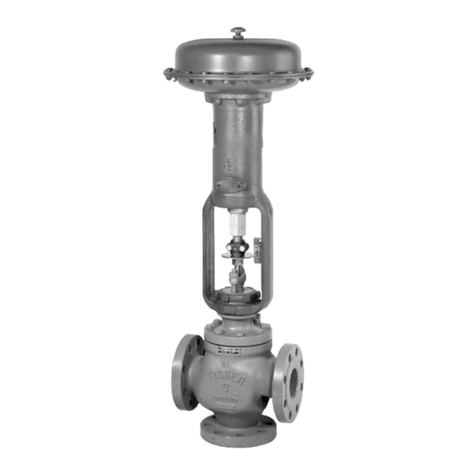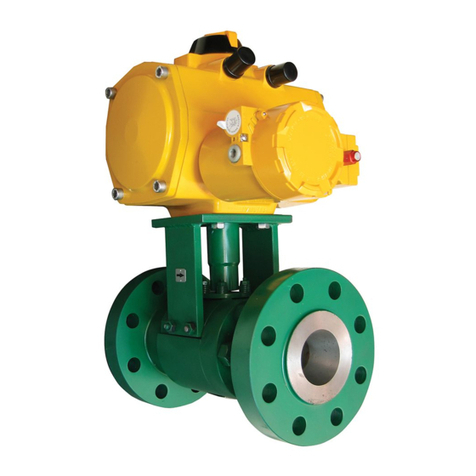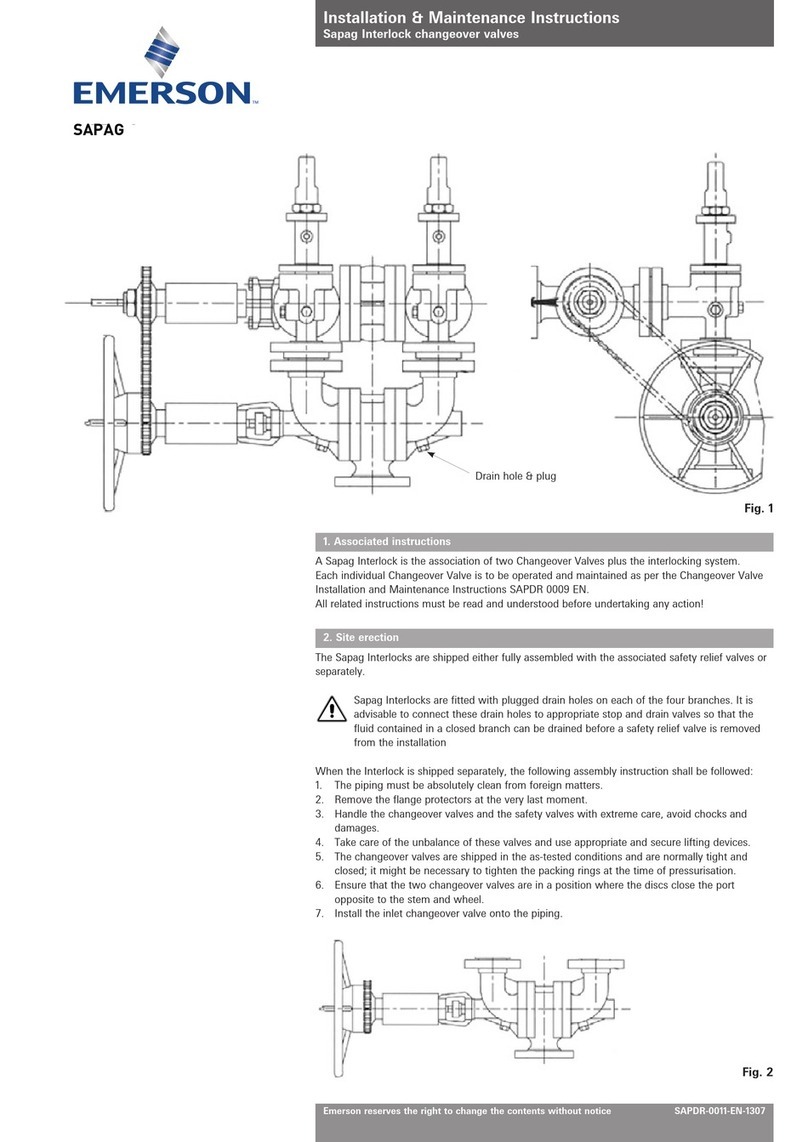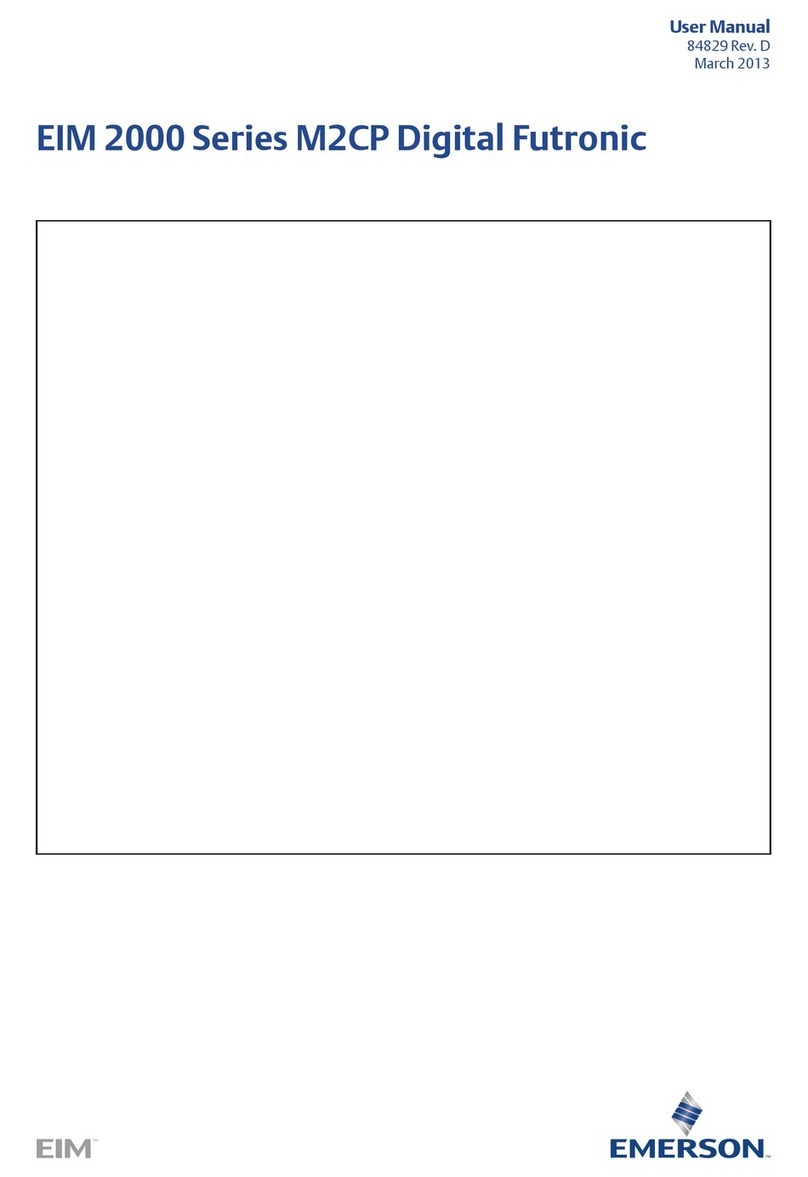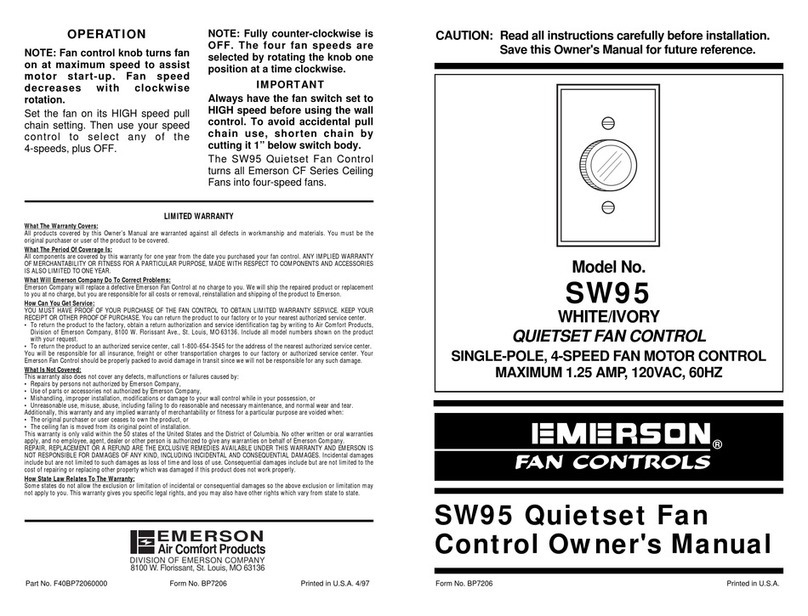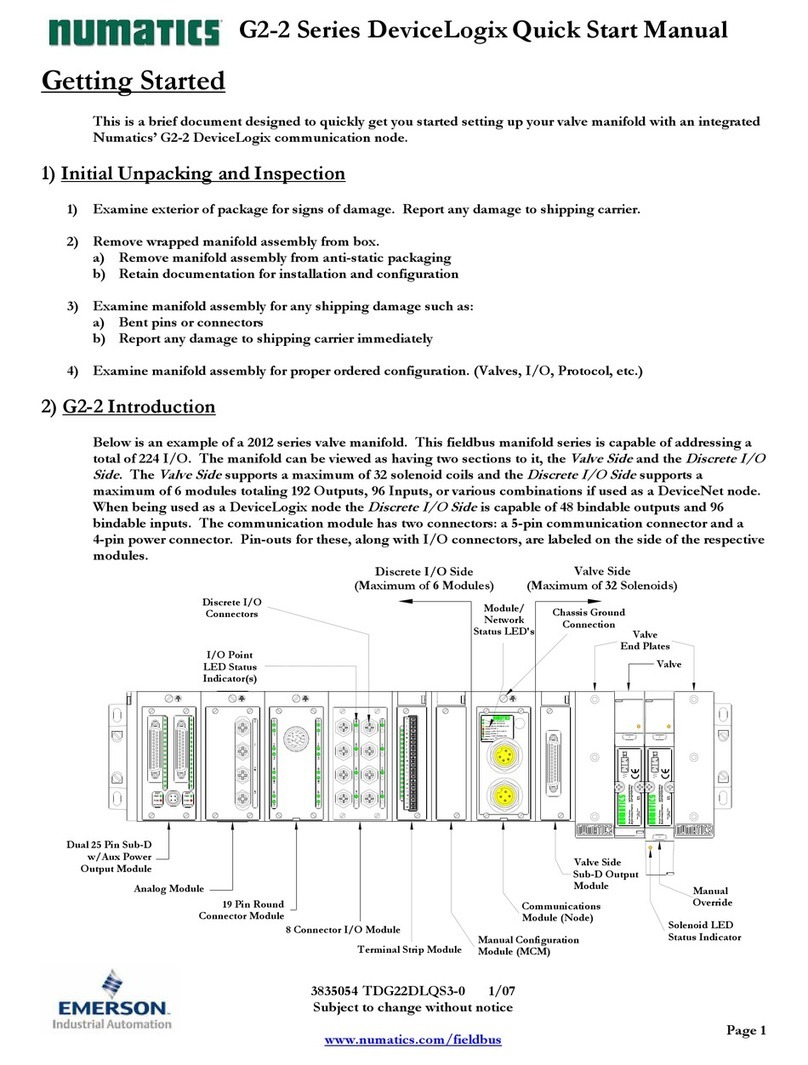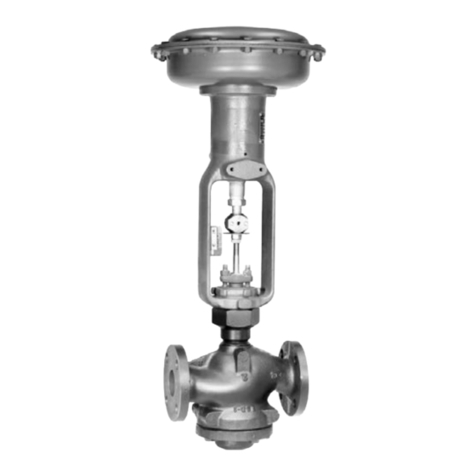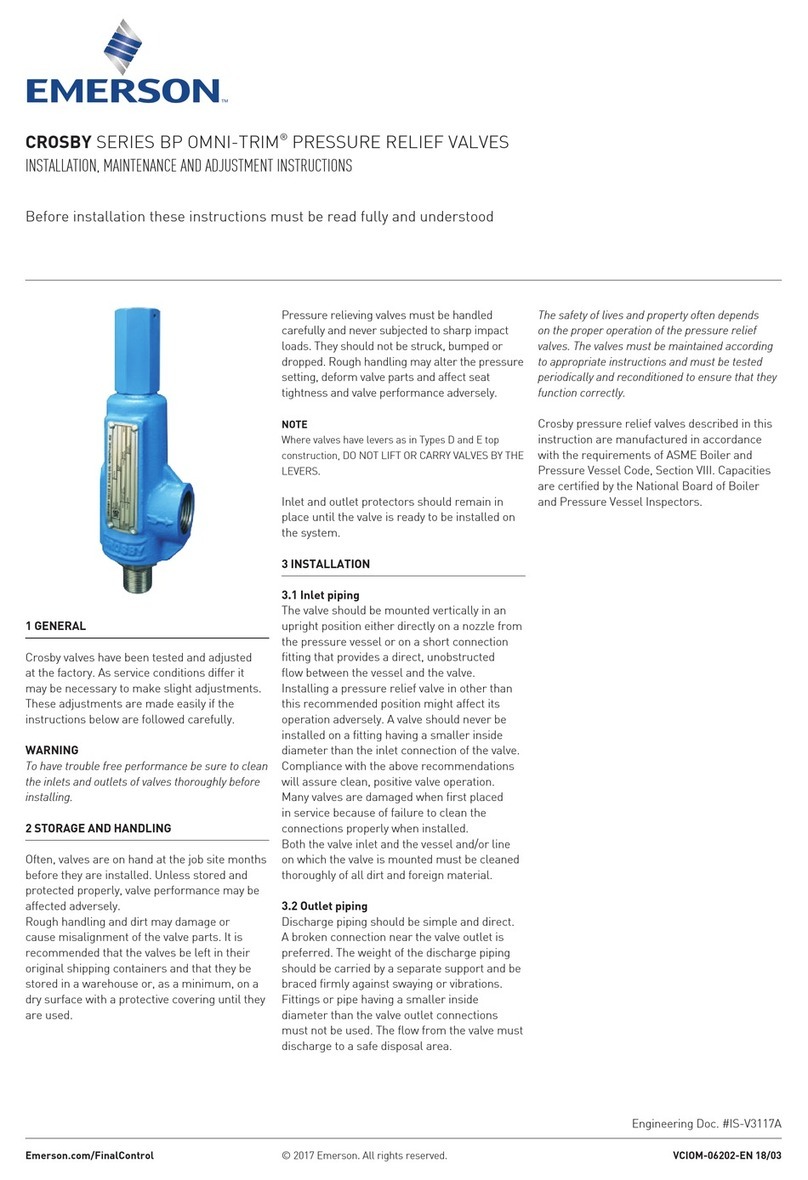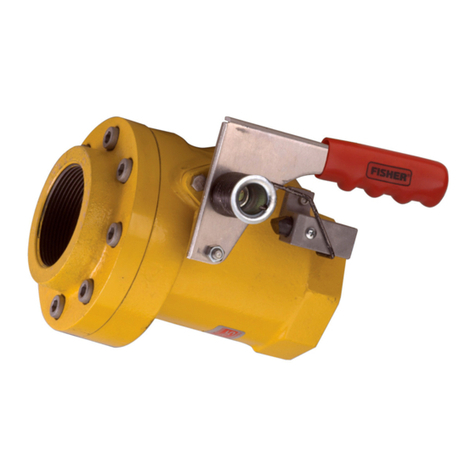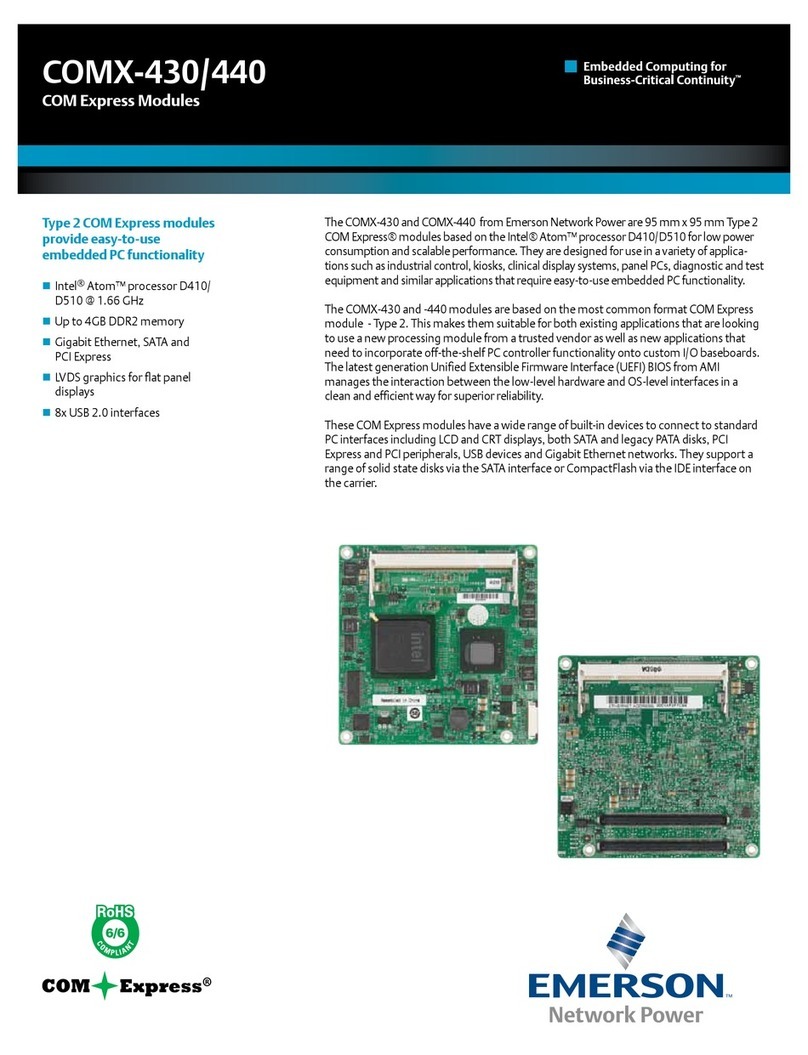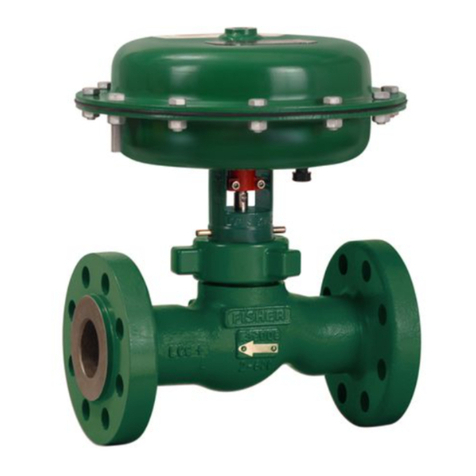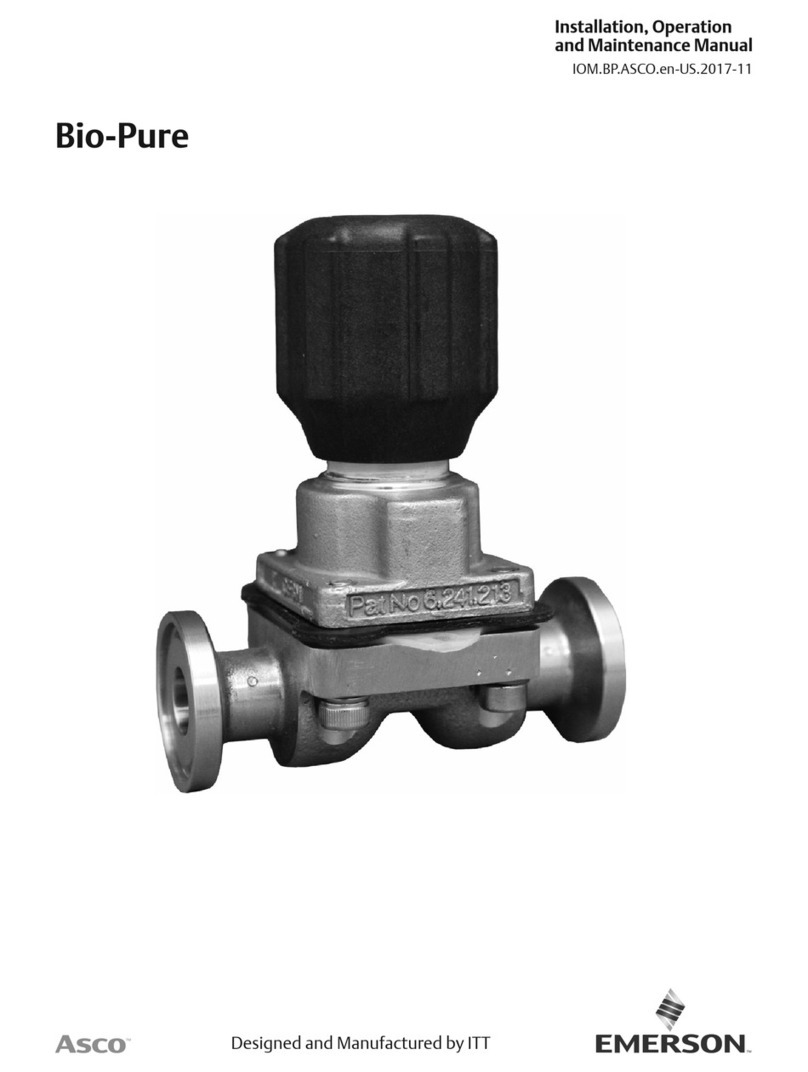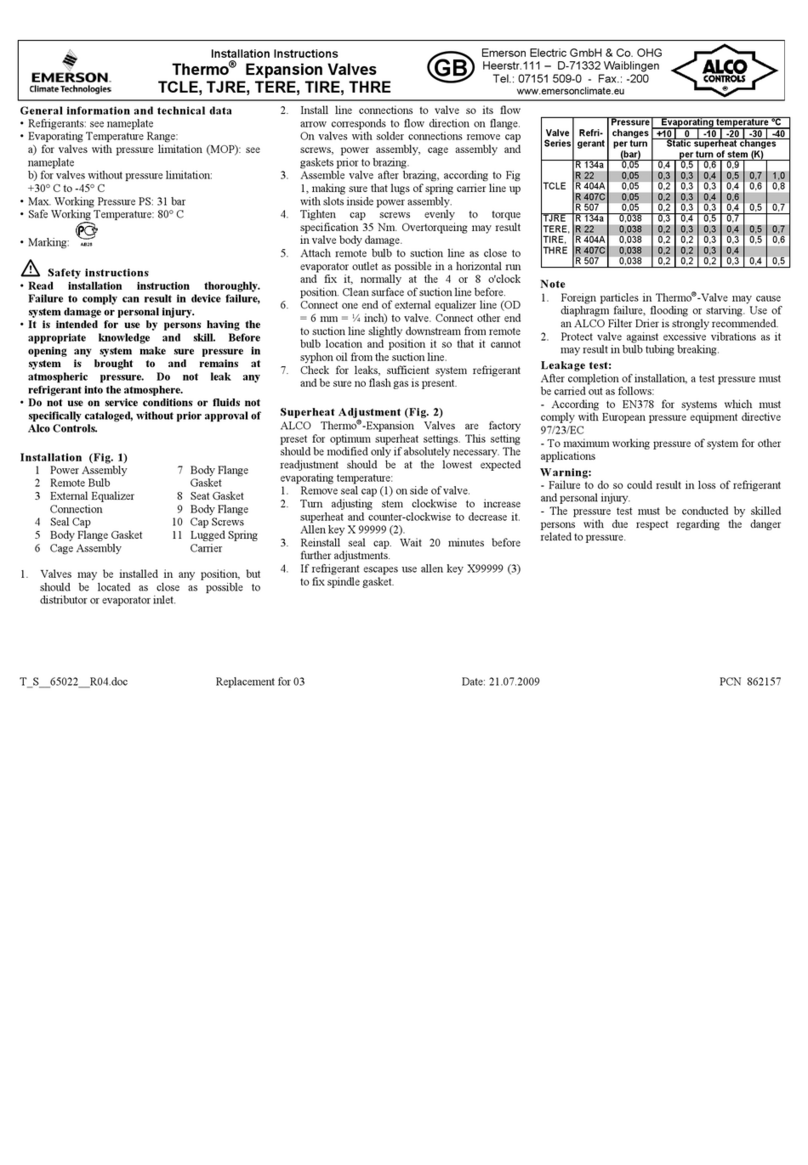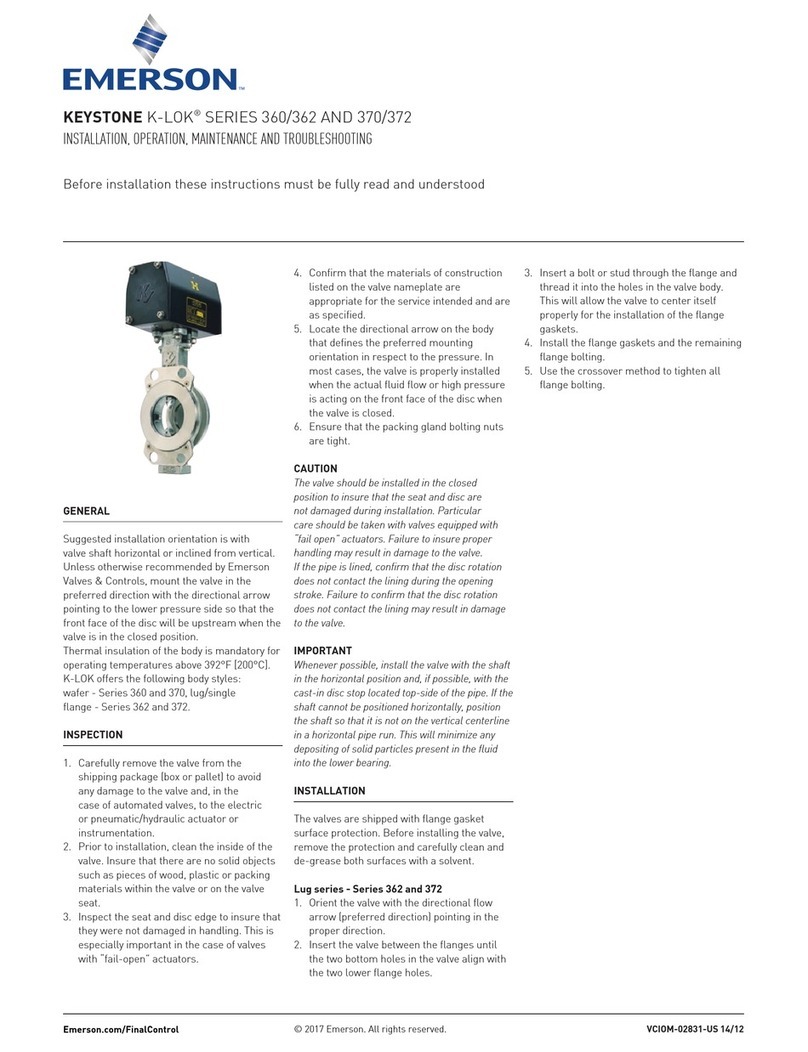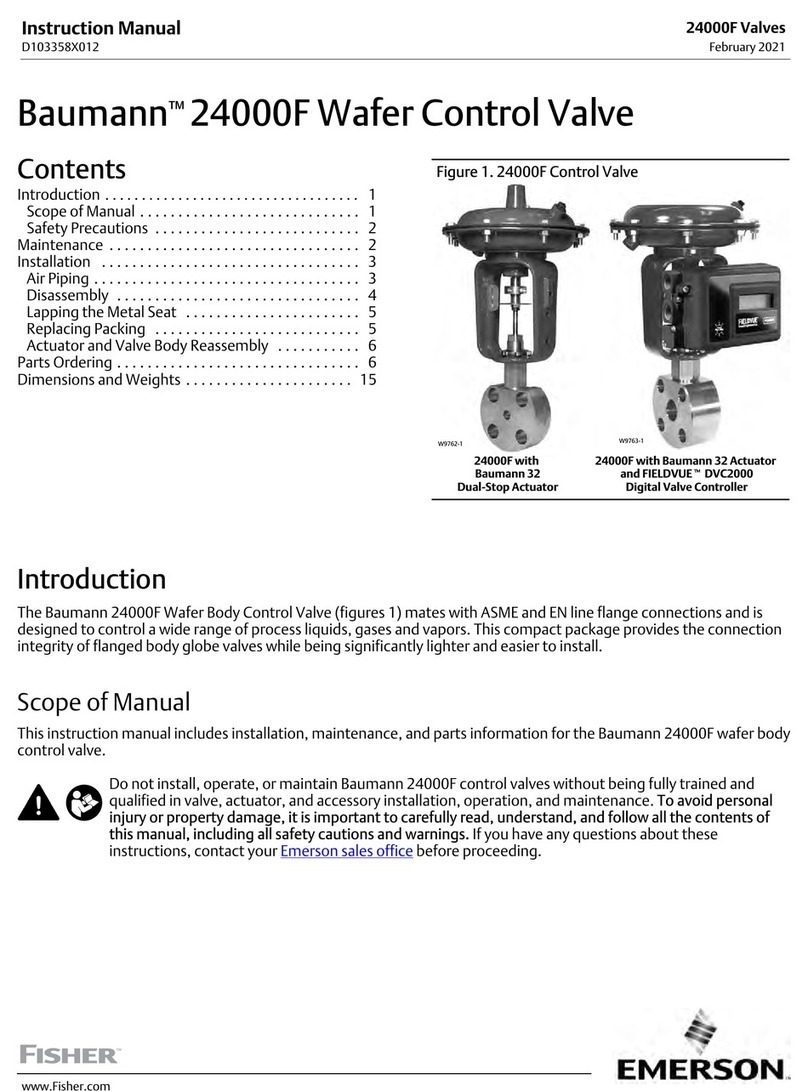
2.2 Intended Use
The AES series bus coupler and AV seriesvalve drivers are electronic components
developed for use in the area of industrial automation technology.
The bus coupler connects I/Omodules and valves to the EtherNet/IPfieldbus sys-
tem. The bus coupler may only be connected to valve drivers from AVENTICS and
I/Omodules from the AESseries. The valve system may also be used without
pneumatic components as a stand-alone system.
The bus coupler may only be actuated via a programmable logic controller (PLC),
a numerical controller, an industrial PC, or comparable controllers in conjunction
with a bus master interface with the fieldbus protocol EtherNet/IP.
AVseries valve drivers are the connecting link between the bus coupler and the
valves. The valve drivers receive electrical information from the bus coupler,
which they forward to the valves in the form of actuation voltage.
Bus couplers and valve drivers are for professional applications and not intended
for private use. Bus couplers and valve drivers may only be used in the industrial
sector
(class A). An individual license must be obtained from the authorities or an in-
spection center for systems that are to be used in a residential area (residential,
business, and commercial areas). In Germany, these individual licenses are issued
by the Regulating Agency for Telecommunications and Post (Regulierungsbe-
hörde für Telekommunikation und Post, Reg TP).
Bus couplers and valve drivers may be used in safety-related control chains if the
entire system is geared toward this purpose.
uObserve the documentation R412018148 if you use the valve system in
safety-related control chains.
2.2.1 Use in Explosive Atmospheres
Neither the bus coupler nor the valve drivers are ATEX-certified. ATEX certifica-
tion can only be granted to complete valve systems. Valve systems may only be
operated in explosive atmospheres if the valve system has an ATEX identifica-
tion!
uAlways observe the technical data and limits indicated on the rating plate for
the complete unit, particularly the data from the ATEX identification.
Conversion of the valve system for use in explosive atmospheres is permissible
within the scope described in the following documents:
• Assembly instructions for the bus couplers and I/O modules
• Assembly instructions for the AV valve system
• Assembly instructions for pneumatic components
2.3 Improper Use
Any use other than that described under intended use is improper and is not per-
mitted.
Improper use of the bus coupler and the valve drivers includes:
• Use as a safety component
• Use in explosive areas in a valve system without ATEX certification
The installation or use of unsuitable products in safety-relevant applications can
result in unanticipated operating states in the application that can lead to per-
sonal injury or damage to equipment. Therefore, only use a product in safety-rel-
evant applications if such use is specifically stated and permitted in the product
documentation. For example, in areas with explosion protection or in safety-re-
lated components of control systems (functional safety).
AVENTICS GmbH is not liable for any damages resulting from improper use. The
user alone bears the risks of improper use of the product.
2.4 Personnel Qualifications
The work described in this documentation requires basic electrical and pneu-
matic knowledge, as well as knowledge of the appropriate technical terms. In or-
der to ensure safe use, these activities may therefore only be carried out by quali-
fied technical personnel or an instructed person under the direction and supervi-
sion of qualified personnel.
Qualifiedpersonnel are those who can recognize possible dangers and institute
the appropriate safety measures, due to their professional training, knowledge,
and experience, as well as their understanding of the relevant regulations per-
taining to the work to be done. Qualified personnel must observe the rules rele-
vant to the subject area.
2.5 General Safety Instructions
• Observe the regulations for accident prevention and environmental protec-
tion.
• Observe the national regulations for explosive areas.
• Observe the safety instructions and regulations of the country in which the
product is used or operated.
• Only use AVENTICS products that are in perfect working order.
• Follow all the instructions on the product.
• Persons who assemble, operate, disassemble, or maintain AVENTICS products
must not consume any alcohol, drugs, or pharmaceuticals that may affect
their ability to respond.
• To avoid injuries due to unsuitable spare parts, only use accessories and spare
parts approved by the manufacturer.
• Comply with the technical data and ambient conditions listed in the product
documentation.
• You may only commission the product if you have determined that the end
product (such as a machine or system) in which the AVENTICS products are in-
stalled meets the country-specific provisions, safety regulations, and stan-
dards for the specific application.
2.6 Safety Instructions Related to the Product and Technol-
ogy
DANGER
Danger of explosion if incorrect devices are used!
There is a danger of explosion if valve systems without ATEX identification are
used in an explosive atmosphere.
uWhen working in explosive atmospheres, only use valve systems with an
ATEX identification on the rating plate.
DANGER
Danger of explosion due to disconnection of electrical connections in an ex-
plosive atmosphere!
Disconnecting the electrical connections under voltage leads to extreme dif-
ferences in electrical potential.
1. Never disconnect electrical connections in an explosive atmosphere.
2. Only work on the valve system in non-explosive atmospheres.
DANGER
Danger of explosion caused by defective valve system in an explosive at-
mosphere!
Malfunctions may occur after the configuration or conversion of the valve sys-
tem.
uAfter configuring or converting a system, always perform a function test in
a non-explosive atmosphere before recommissioning.
CAUTION
Risk of uncontrolled movements when switching on the system!
There is a danger of personal injury if the system is in an undefined state.
1. Put the system in a safe state before switching it on.
2. Make sure that no personnel are within the hazardous zone when the valve
system is switched on.
CAUTION
Danger of burns caused by hot surfaces!
Touching the surfaces of the unit and adjacent components during operation
could cause burns.
1. Let the relevant system component cool down before working on the unit.
2. Do not touch the relevant system component during operation.
2.7 Responsibilities of the System Owner
As the owner of a system that will be equipped with anAV series valve system,
you are responsible for
• ensuring intended use,
• ensuring that operating employees receive regular training,
• ensuring that the operating conditions are in line with the requirements for
the safe use of the product,
AVENTICS™ EtherNet/IP | R412018139-BAL-001-AG | English 28
